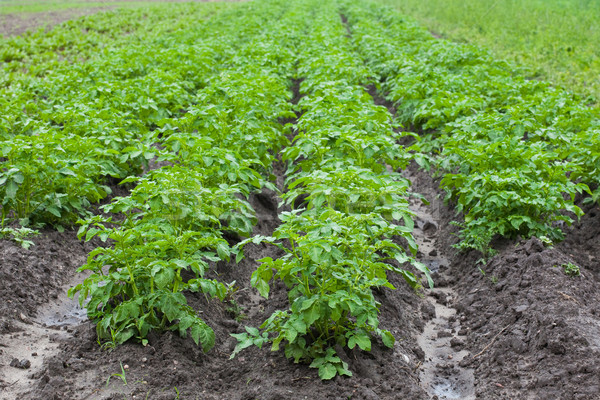
Despite the fact that potatoes are a moisture-loving plant, many summer residents are thinking about how to save the crop in rainy summers. Heavy rains for crops can be fatal. To protect crops, gardeners need to be prepared for any weather.
Growing potatoes is a simple process, however, many summer residents are interested in how to save crops in rainy summers. Even following the cultivation technology, it is not always possible to get a good crop. We must not forget about the weather. It is important to learn in advance how to protect plants from heavy rains.
Content
Planting potatoes in rainy weather
With the onset of spring, gardeners can begin sowing. However, there is no hurry in this matter. It is necessary to wait until the moment when the air and soil are well warmed up. Otherwise, young plants may die.
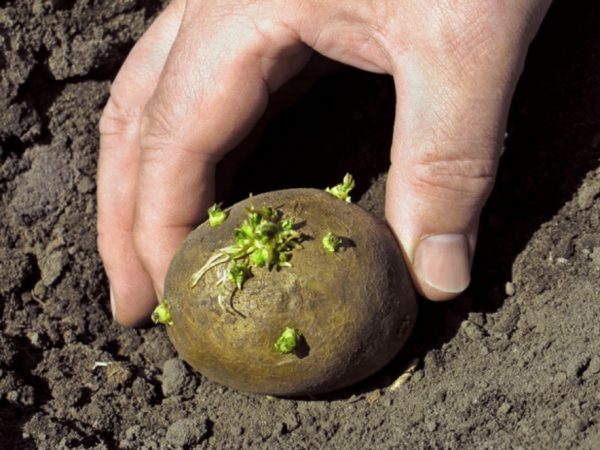
If weather forecasters promise rains on the day of landings, what needs to be done. There are several options:
- landing before the rain. If there is a chance that it will rain heavily, it is best to refuse to work on the site. This is due to the fact that in the near future it can get very cold. Tubers planted during this period are likely to die. The summer resident will have to sow again. Experts recommend waiting until the rainy season passes. So that the seed does not deteriorate, it must be placed in a dark room, sprinkled with sand on top;
- landing in the rain. In this case, a good harvest can not be expected. Precipitation will wash away all fertilizers from the site. In addition, the summer resident himself can catch a cold in such weather;
- landing after rain. Working with wet soil is very difficult. Soil sticks to a shovel, shoes. It is best to wait a few days, and then start sowing.
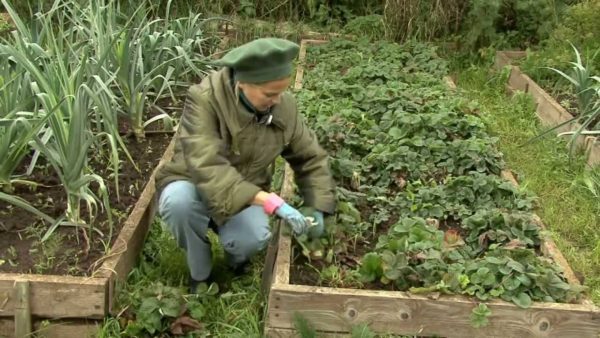
Rains during the growing season
Only in rare cases in summer are optimal conditions for potato growing found. Most often, the period is accompanied by heavy rains or drought. Both options are fatal to plants, so you need to properly care for crops.
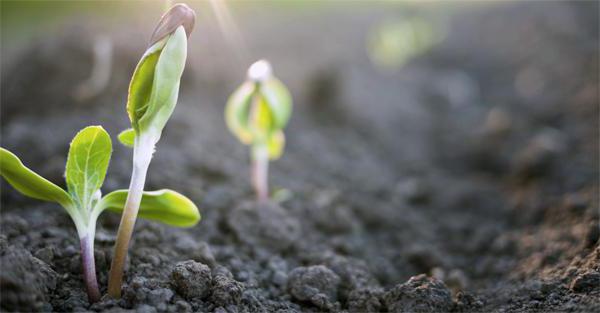
What to do if the site is flooded
If after planting potatoes, heavy rains began - the summer resident was not lucky. Even if the water does not stand on the site, but appears only in the holes, the harvest cannot be saved. It’s not too late, it’s best to re-sow the crop. Landing work can be done until June.
To protect crops, experts recommend the following activities:
- make high beds. At the base, lay out a drainage layer;
- it is advisable to grow potatoes in the combs. This will protect the tubers from getting wet.Excess water will go into the aisles.
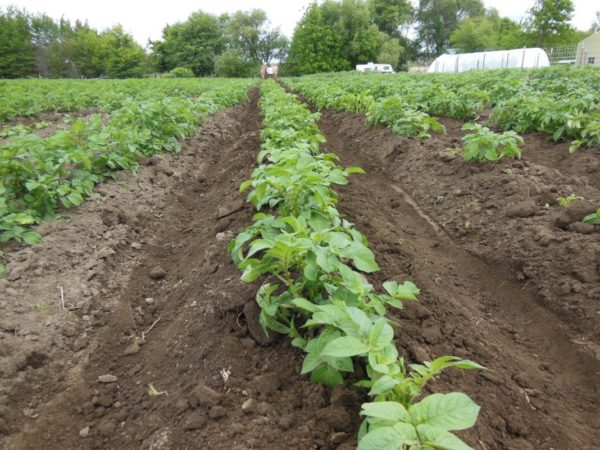
Potato Care in Rainy Weather
In order to grow potato crops in rainy summers, it is necessary to ensure proper crop care.
Another important procedure that is necessary for seedlings - loosening the soil. It is even necessary to conduct it after rain. This will help air get to the root system.
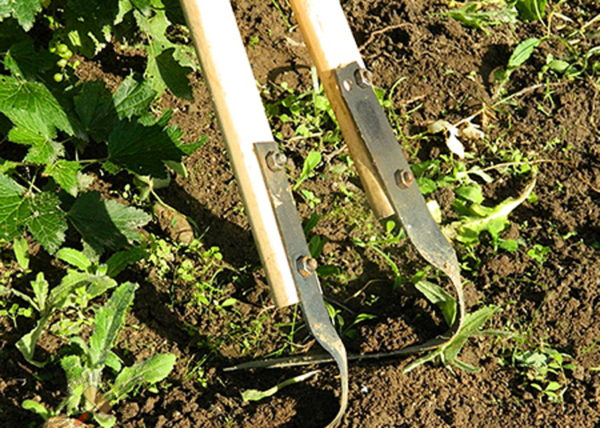
How to save and reanimate potatoes in rainy summer
First of all, it is worth determining the degree of danger. To do this, drop the earth. If the soil is wet, do not worry. If the earth turns into dirt, you must act immediately.
To protect crops, the following measures must be taken:
- Mulching soil with fertilizer. Choose the right composition will help in a specialized store. Please note that the procedure will have to be carried out near each bush separately.
- Grooves for water drainage. It is necessary to do them in row-spacings.
- So that water evaporates as quickly as possible, we must not forget about loosening the soil.
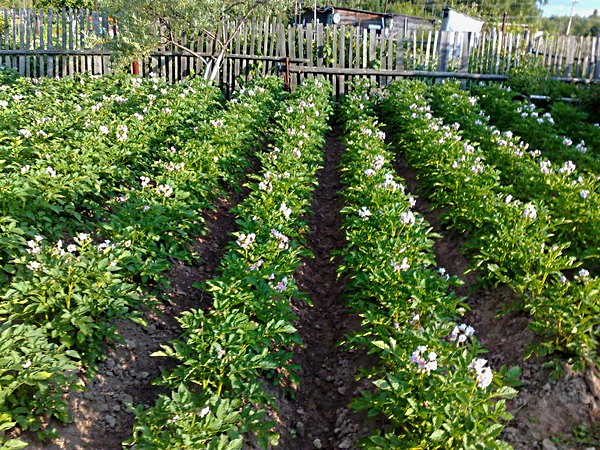
Methods of dealing with diseases caused by rains
In rainy weather, many pests begin their activities. First of all, this applies to fungal diseases. The most dangerous diseases are the following: late blight, fomosis, fusarium, black leg.
In order not to lose the crop, you need to know in advance how to care for potatoes in the rainy summer. Work with fungicides carefully. Many of them cannot be used in the rainy season.
How to harvest in rainy weather
It’s worth starting harvesting in dry weather. However, autumn is often accompanied by heavy rains. In this case, picking up a dry day can be very difficult. In addition, you can not pull with the harvest. The more tubers are found in damp land, the greater the likelihood of contracting fungal diseases.
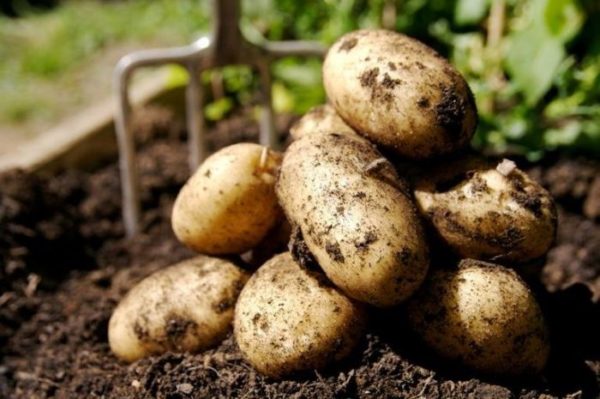
Then the potatoes need to be sorted out and put into storage. Such a crop should be checked regularly.
Reviews
Anastasia, 36 years old:
“The summer was rainy, I had to plant potatoes in the rain. I can only say one thing, the harvest did not please. The tubers were stored in the cellar for several months. ”
Getting a good potato crop is easy. However, during rainy summers it is necessary to monitor crops with special care.




 Description and description of varieties in Belarus with a photo
Description and description of varieties in Belarus with a photo Do I need to pick flowers from potatoes: why do they do it
Do I need to pick flowers from potatoes: why do they do it When to dig potatoes: timing and availability of new potatoes
When to dig potatoes: timing and availability of new potatoes How to grow a good potato crop: various methods and methods, planting and care
How to grow a good potato crop: various methods and methods, planting and care